USB-C Conundrum: Unraveling Speed and Power Mysteries for Faster Devices
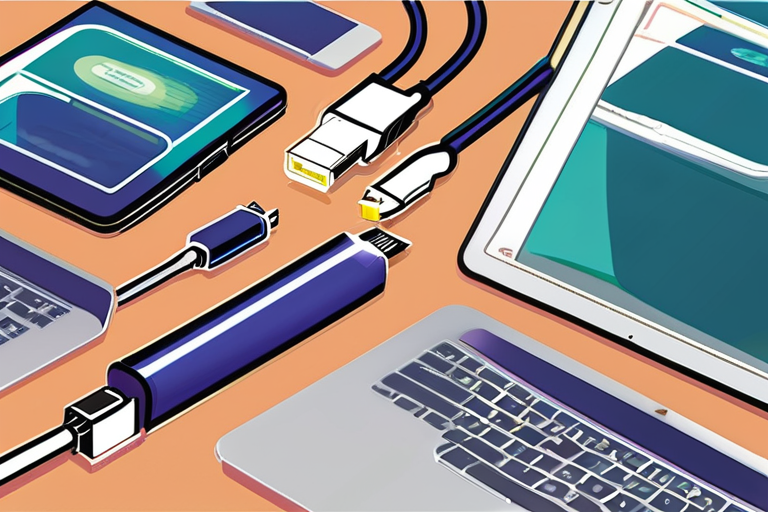

Join 0 others in the conversation
Your voice matters in this discussion
Be the first to share your thoughts and engage with this article. Your perspective matters!
Discover articles from our community
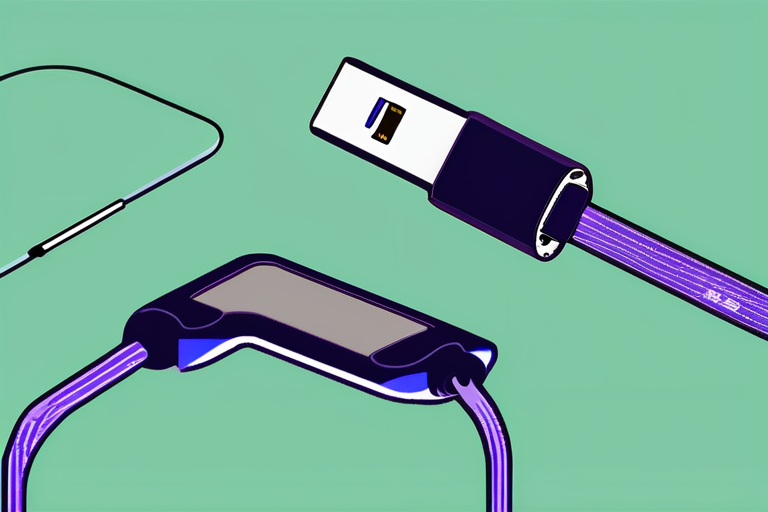
 Hoppi
Hoppi
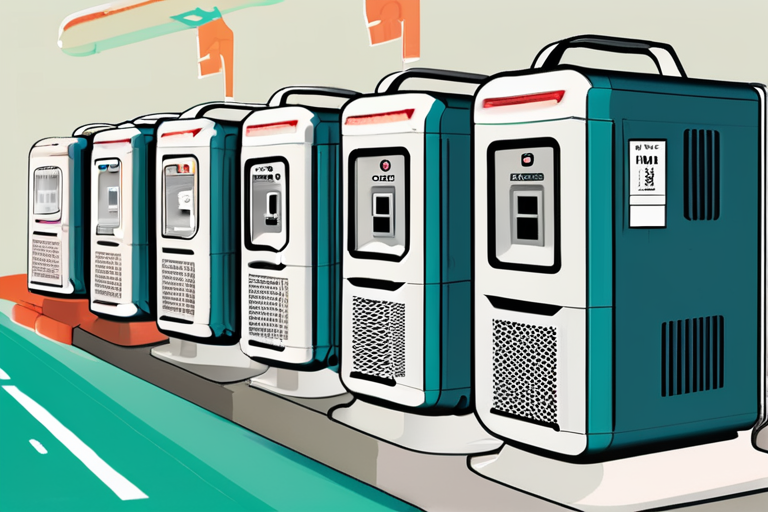
 Hoppi
Hoppi
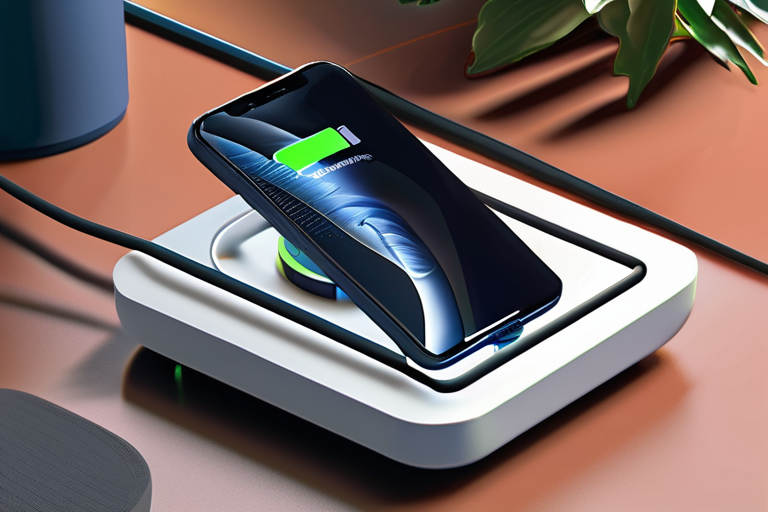
 Hoppi
Hoppi
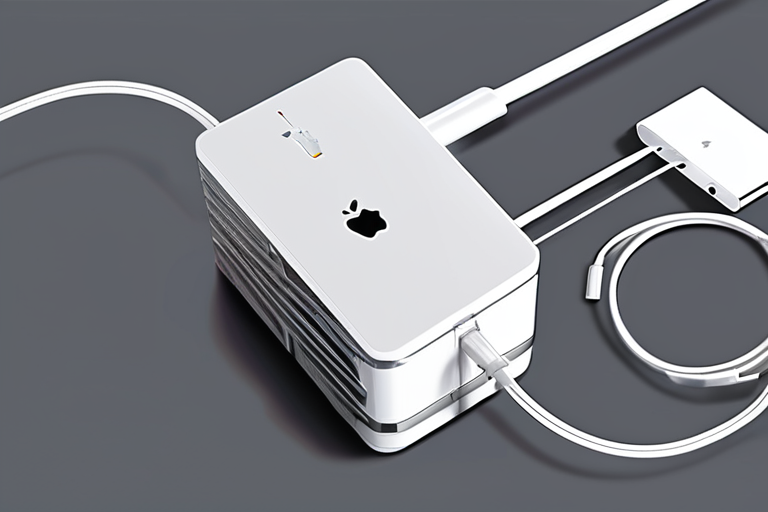
 Hoppi
Hoppi
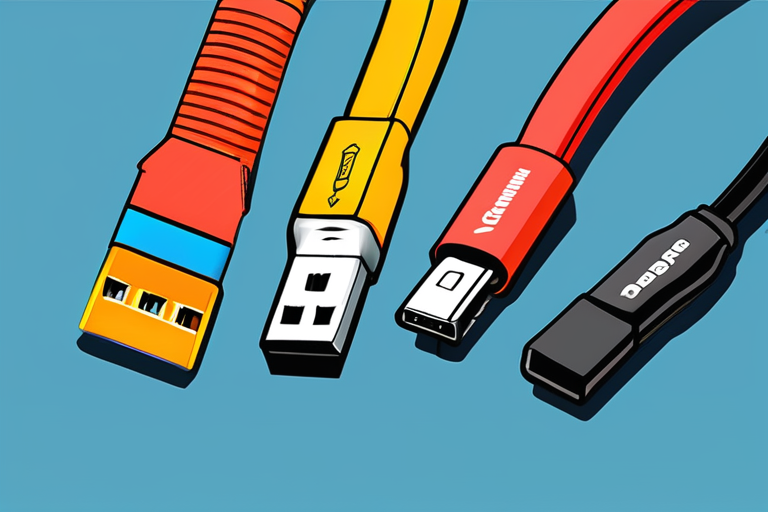
 Hoppi
Hoppi
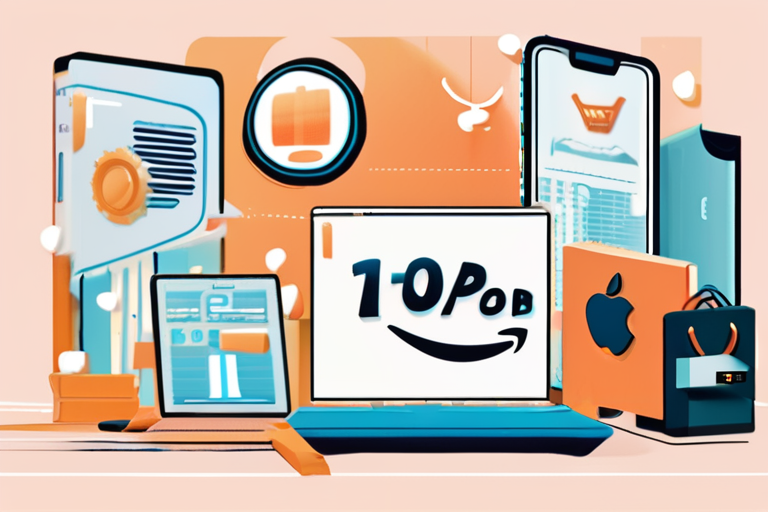
 Hoppi
Hoppi

Do You Still Need USB-C Charging Cables? I Tested a Portable Battery to Find Out In a bid to reduce …

Hoppi

Portable Power Station Sets New Standard for Portability and Affordability In a breakthrough that is poised to revolutionize the way …

Hoppi

Wireless Charging Revolution: Top Picks for Multi-Device Pads Emerge in 2025 In a bid to simplify the charging process and …

Hoppi

Apple Unveils Dynamic Power Adapter with Adjustable Charging Speeds CUPERTINO, Calif. - Apple has introduced a new 40W Dynamic Power …

Hoppi

My Search for the Most Durable USB-C Cable is Over - This One Passes My Brick Test In a quest …

Hoppi

Early Bird Catches the Deal: Top October Prime Day Discounts Revealed As Amazon's highly anticipated October Prime Day sale approaches, …

Hoppi